As enthusiasts, we spend our lives admiring the styling of cars.
We gaze at their shapely spoilers, drool over their curvaceous wings and stare at their plunging rooflines. But when we actually use cars for the purpose for which they were built, that’s not what we see at all. For every minute we spend looking at our car’s exterior, we spend hours, maybe even days, looking at its interior.
And you don’t have to think hard to know which designer has the more difficult job. Exterior designers whinge as one about how difficult the job of making cars look cute while obeying all the latest crash regulations has become, but they’ve got it easy compared with those on the inside. Interiors must not only be safe, but they must also be ergonomically sound, offer decent visibility, present information both beautifully and clearly, accommodate occupants of all shapes and sizes, blend state-of-the-art tech with traditional materials, provide storage space and accept many different colours, all while coaxing and cajoling a bewildering array of materials from plastic to carbonfibre past wood, metal and leather into some kind of harmonious co-existence.
This, then, is our tribute to some of the greatest interiors, and interior features, from a wide range of cars from today and yesterday – as well as just a few that, in often somewhat bizarre ways, failed quite spectacularly to come up to the mark. The list is nothing like exhaustive and you may have many ideas of your own. If so, we’d love to hear about them. In the meantime, however, welcome to the wonderful world of automotive interiors.
GENERAL INTERIOR AMBIENCE
Just like the outside, the interior is part of the promise on which the car beneath must deliver. An interior is a statement – an invitation to treat, for you legal eagles out there. In one glance, it tells you what kind of driving experience you should now expect. In terms of setting the scene for what is to come, there is nothing more important.
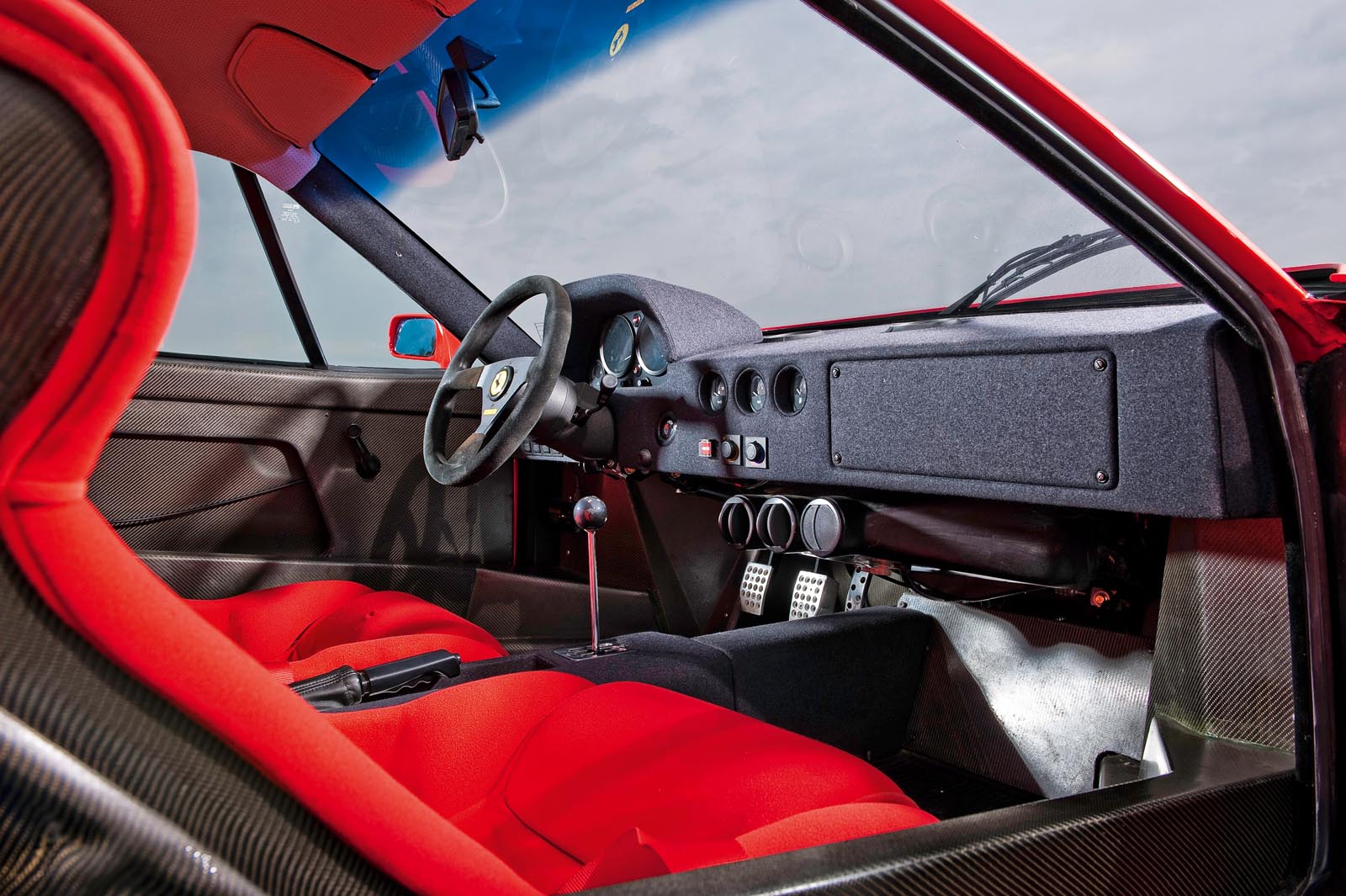

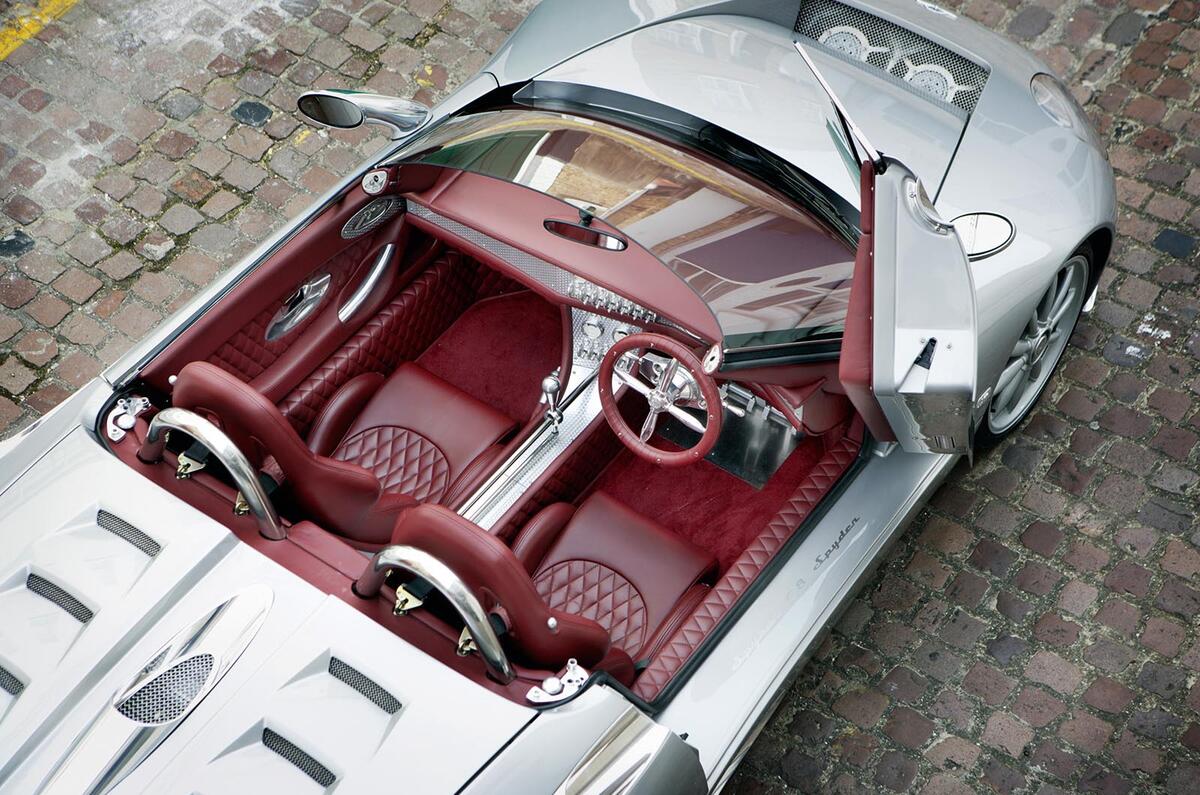
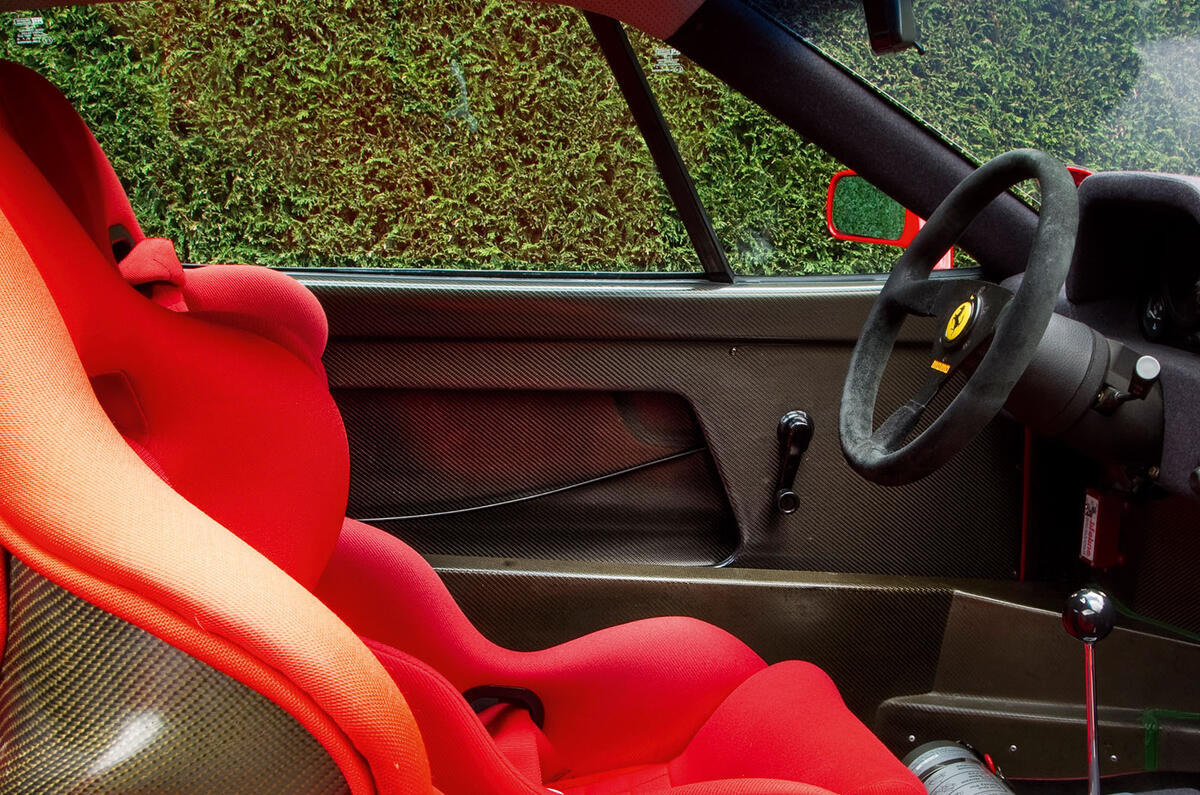
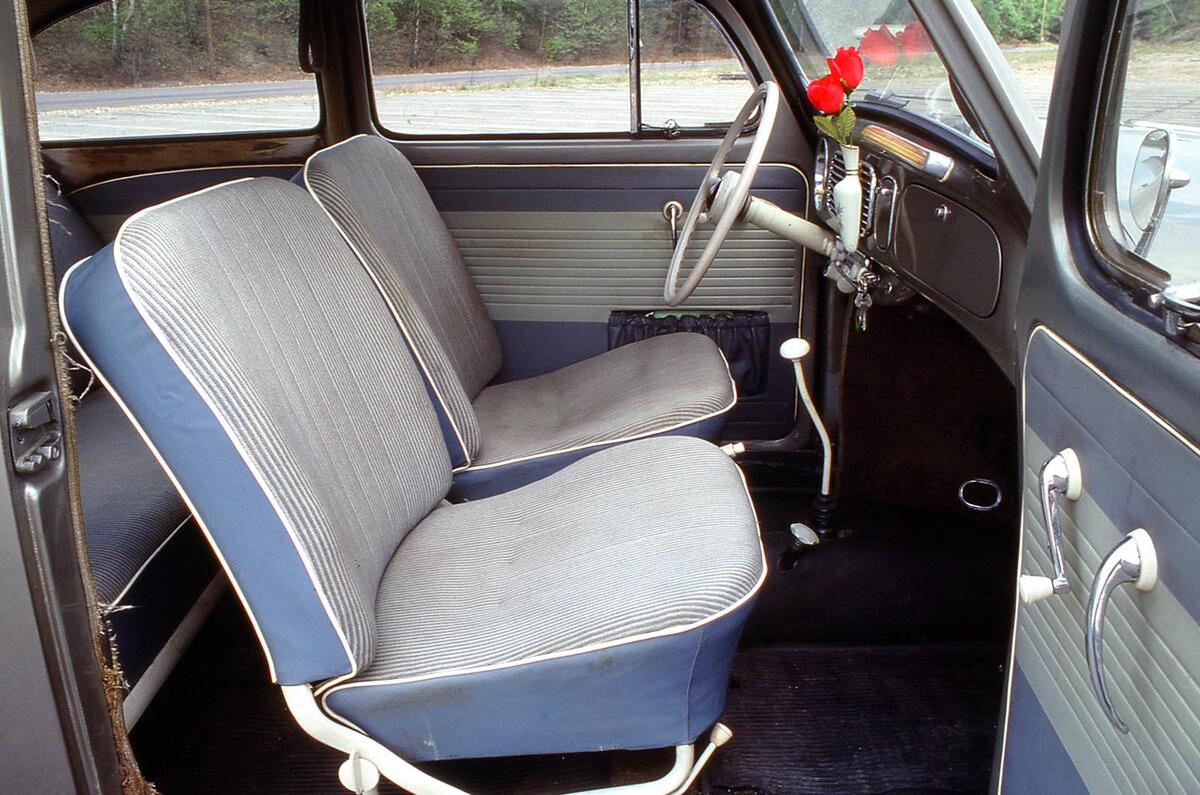

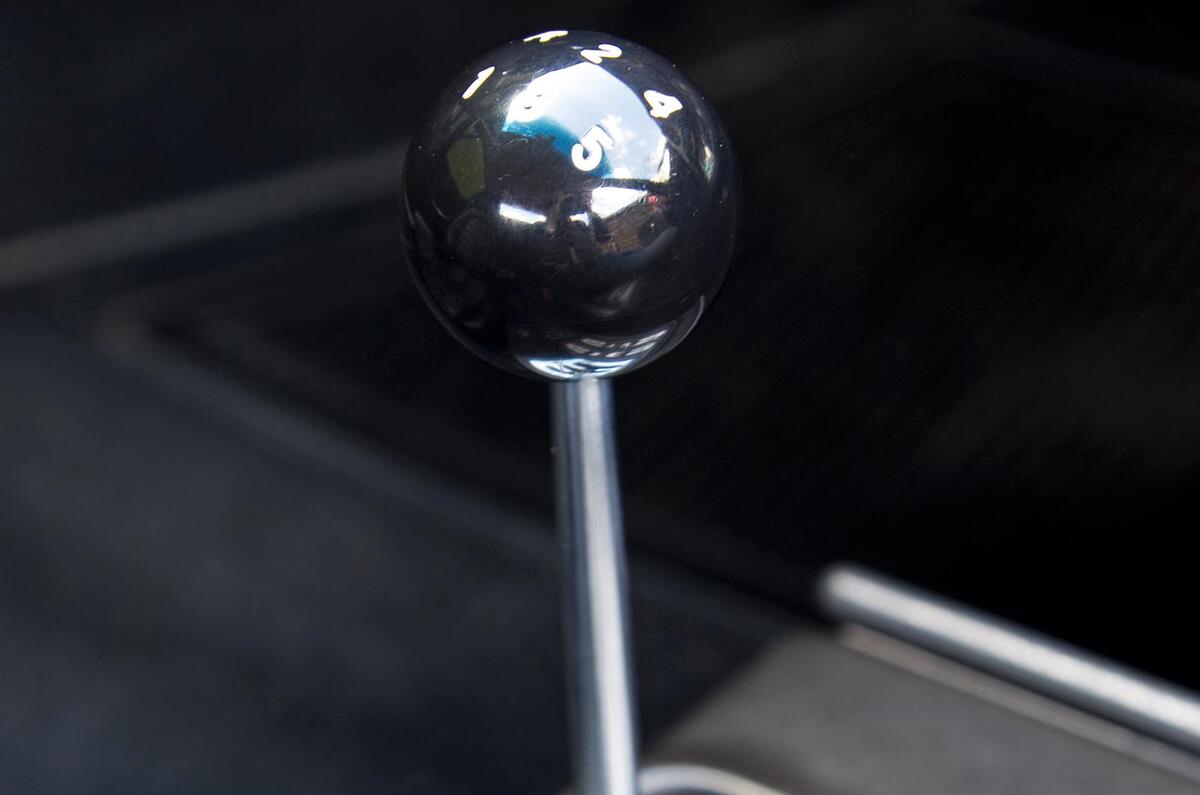
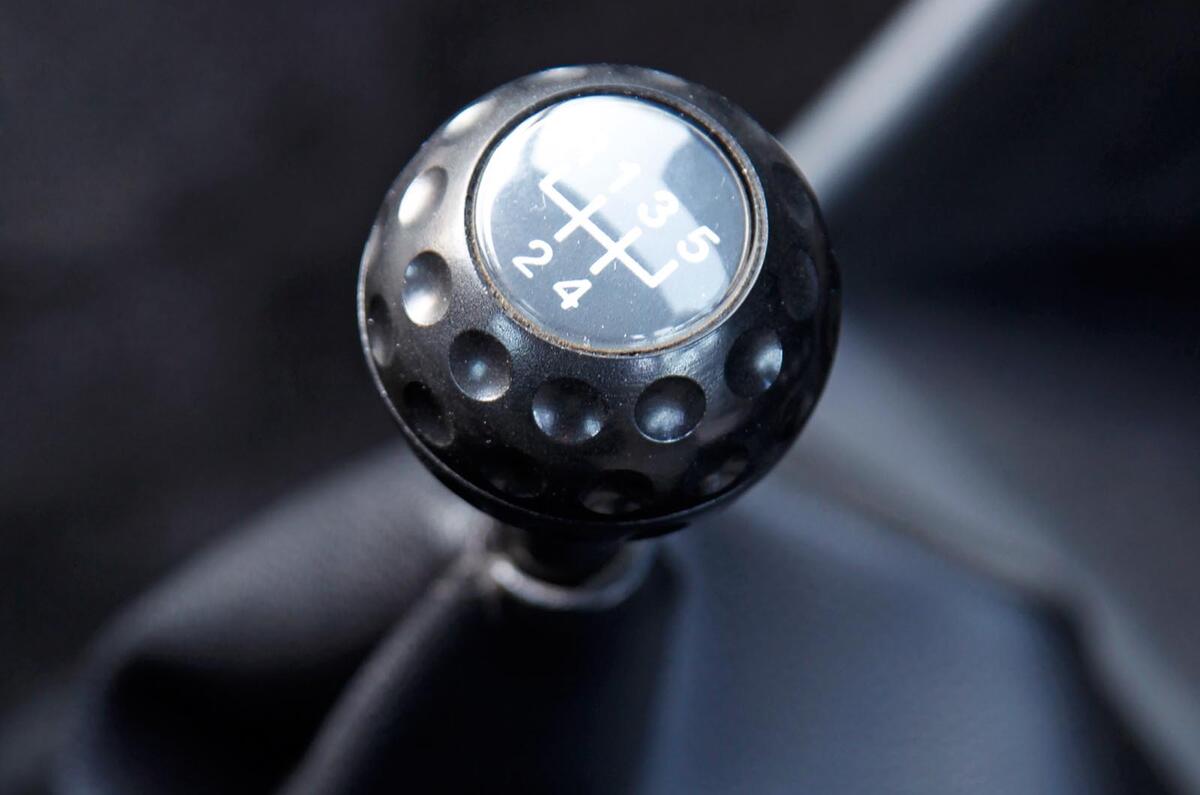
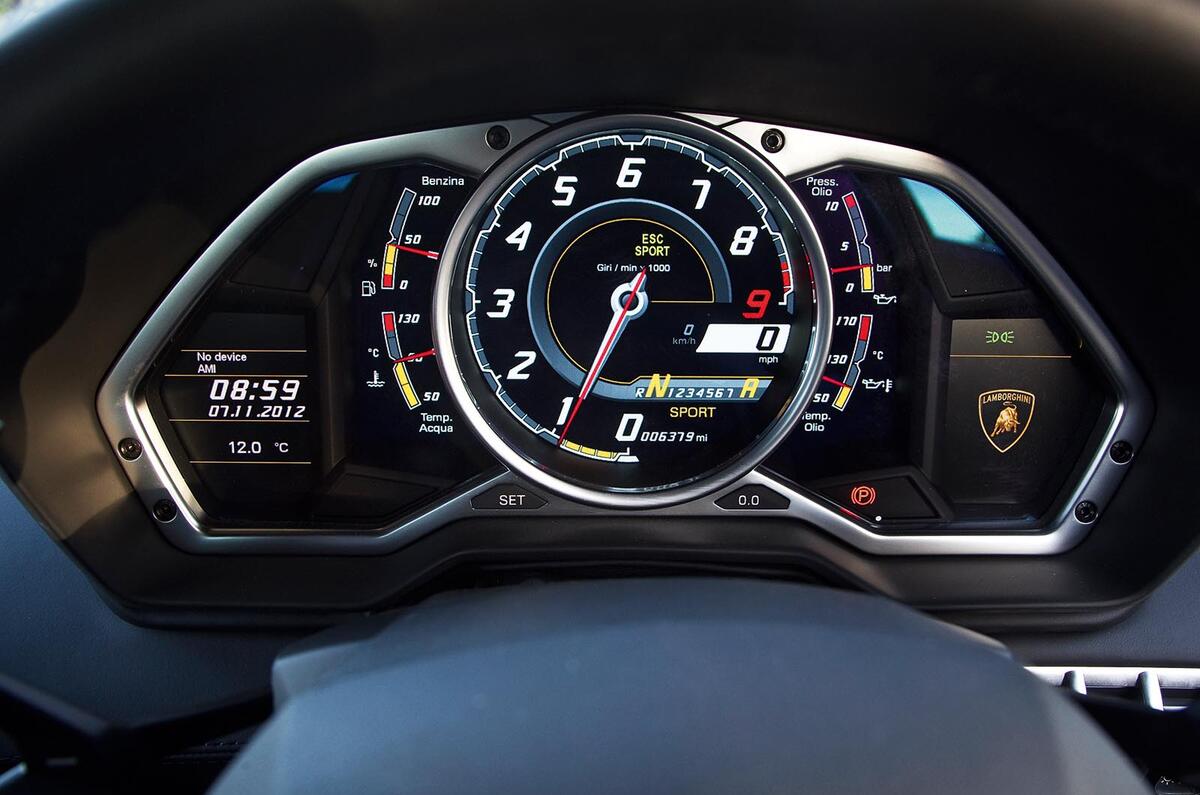

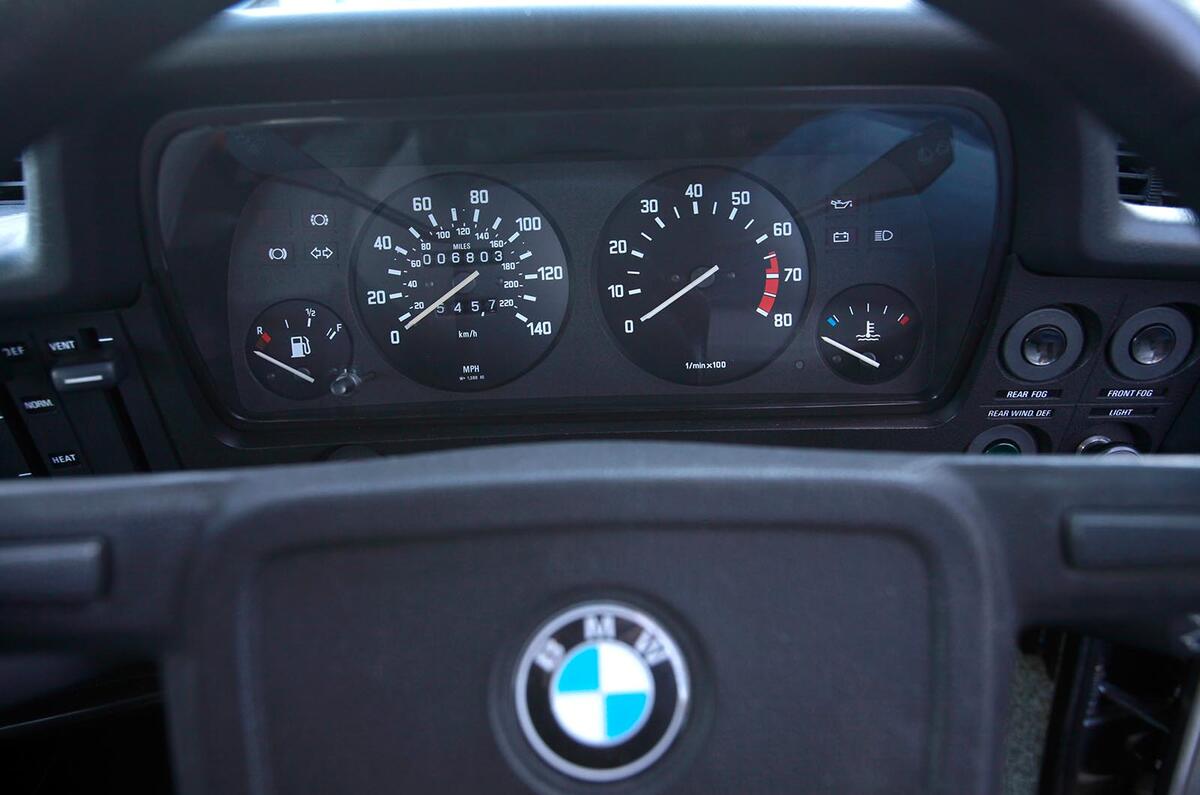
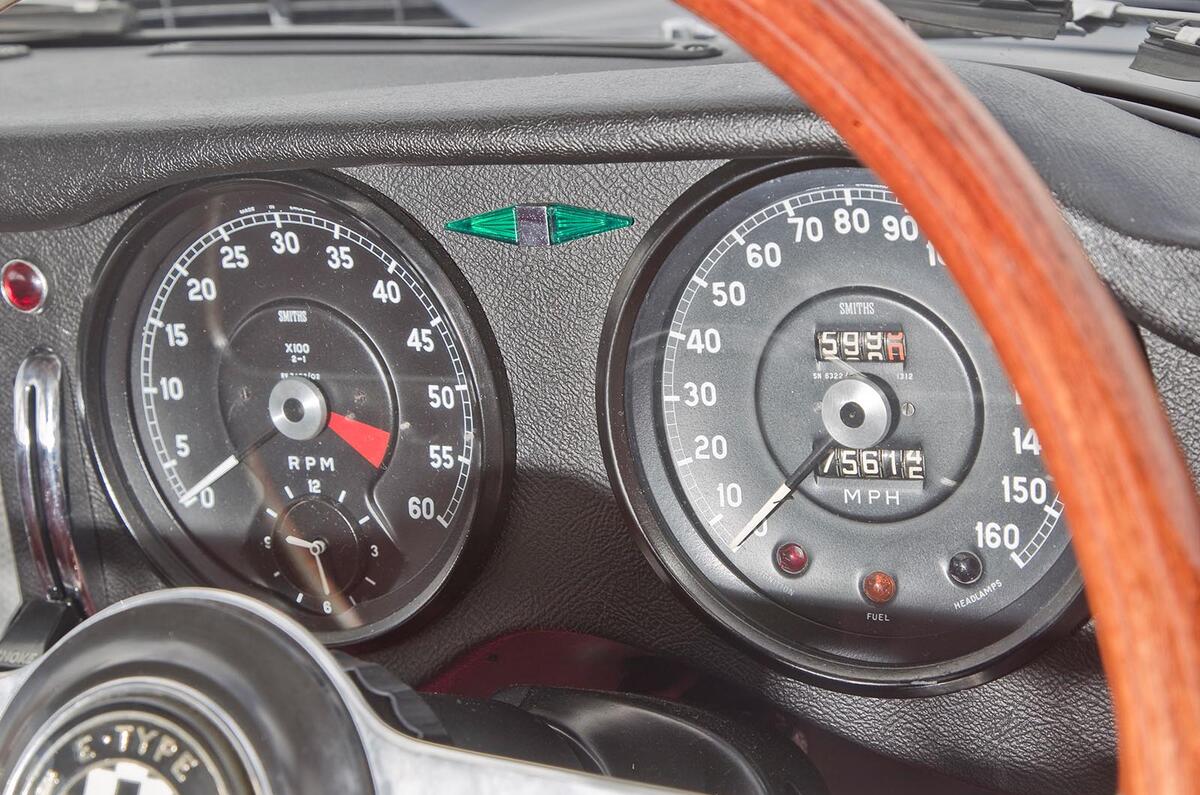
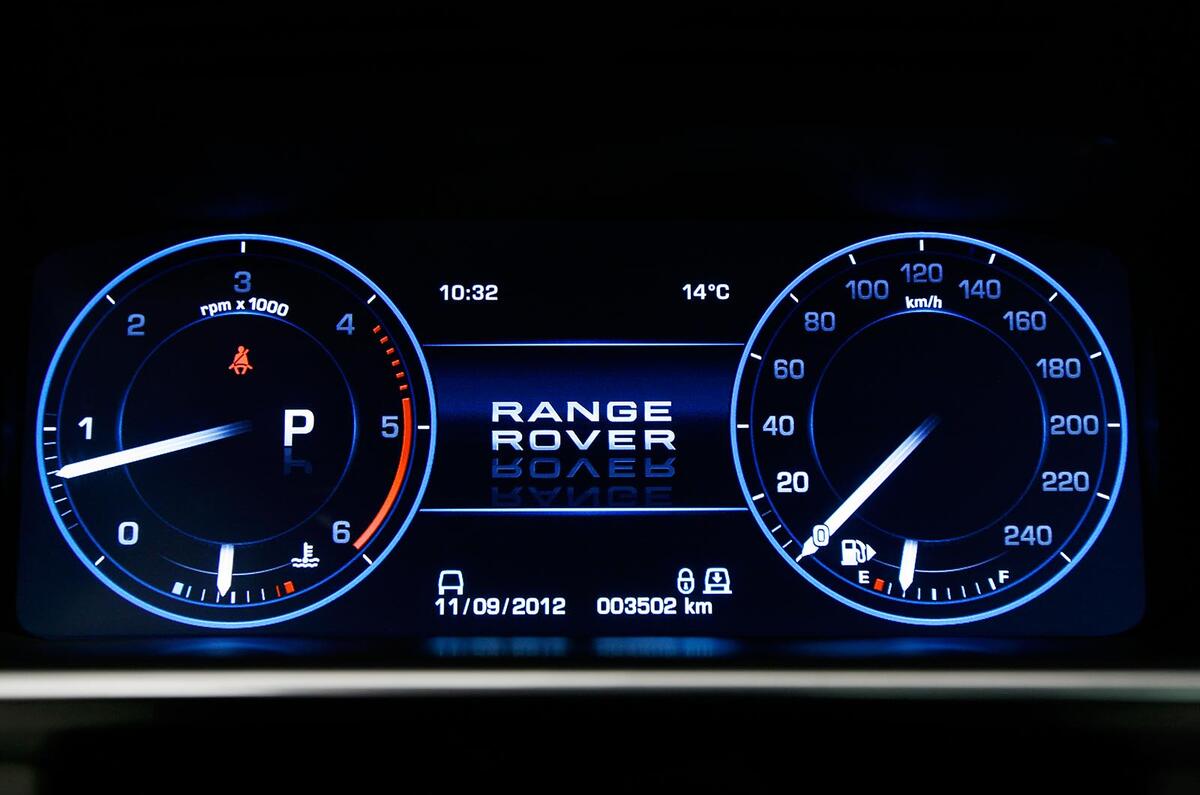
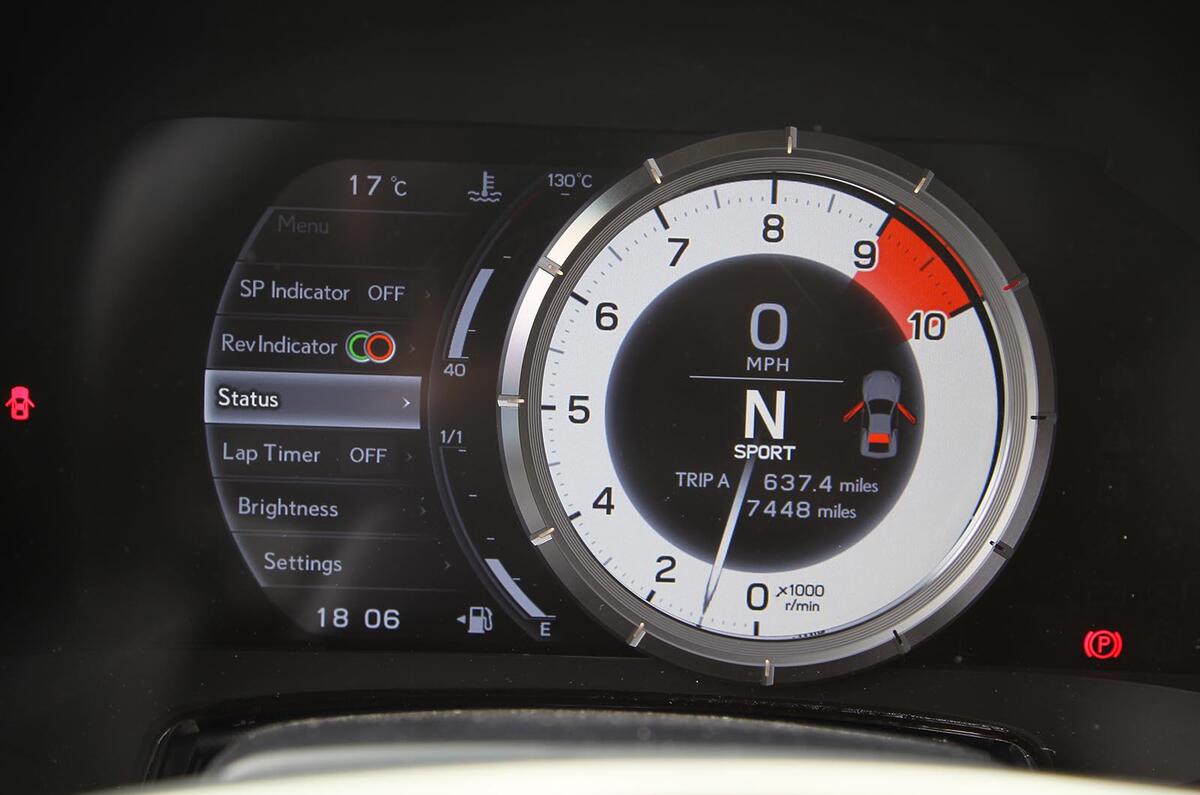

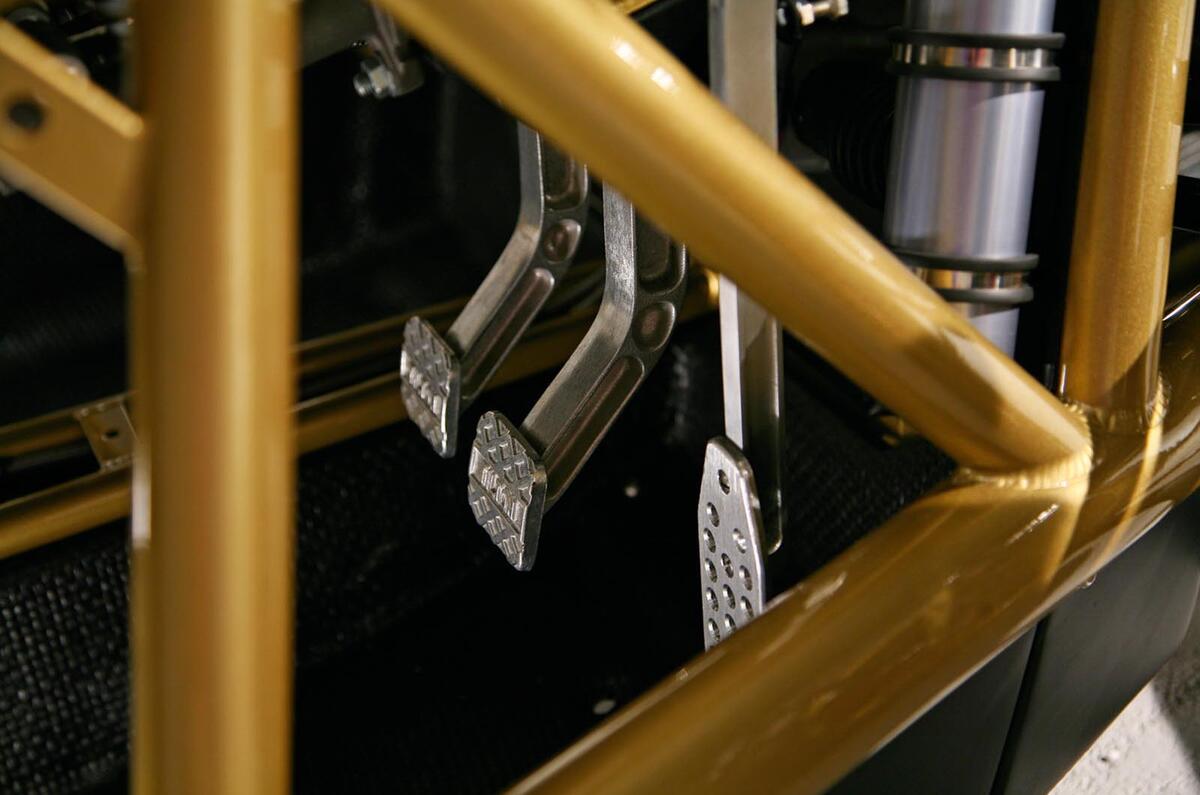
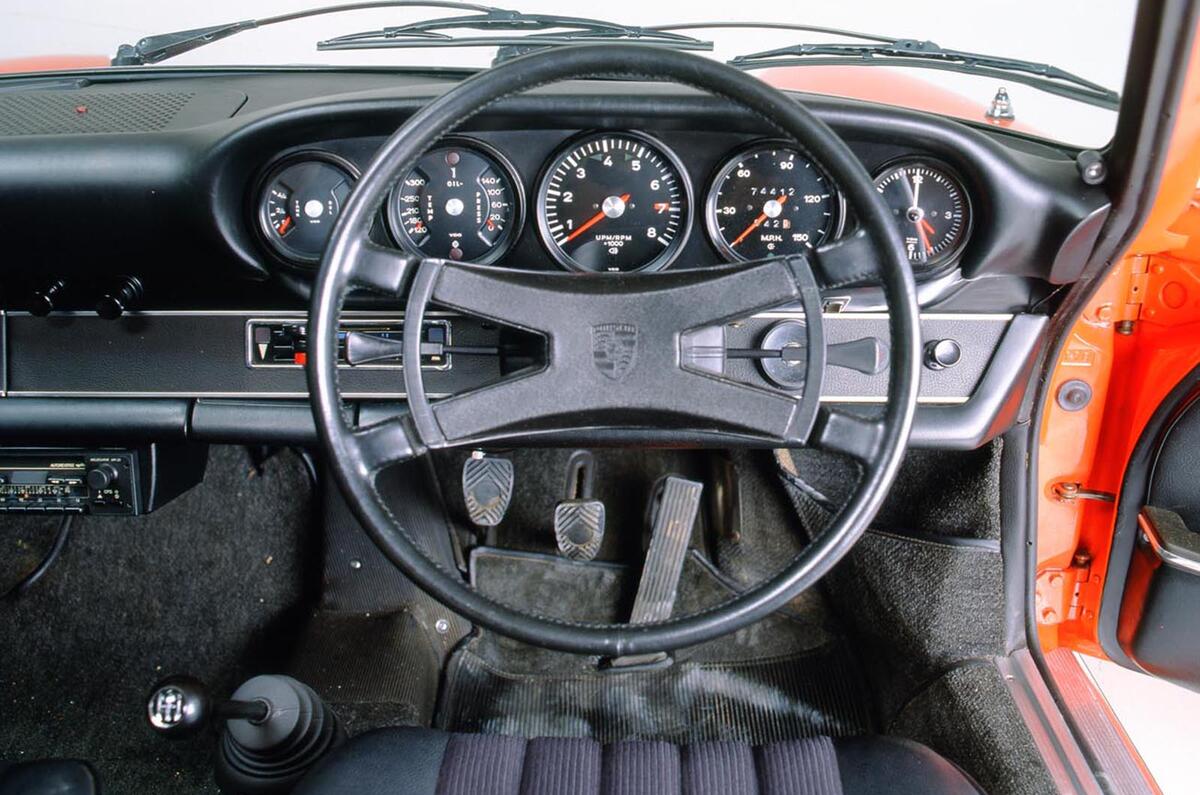
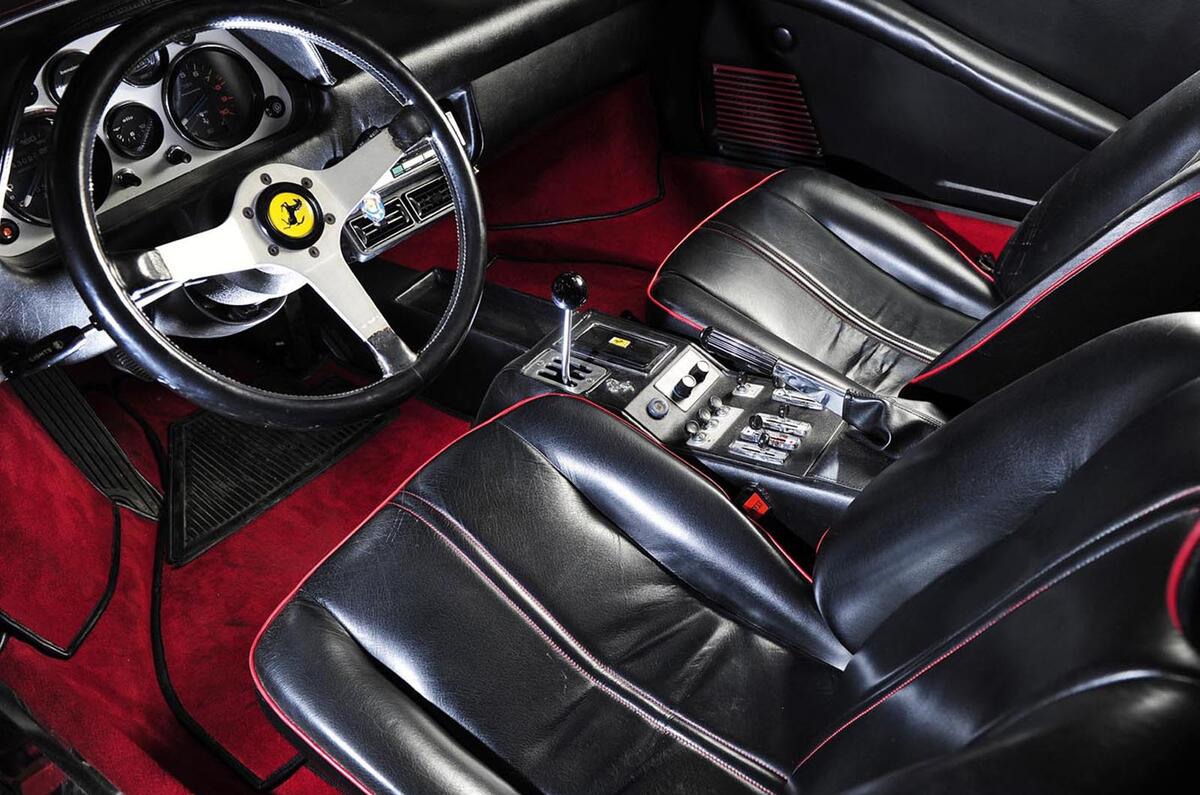

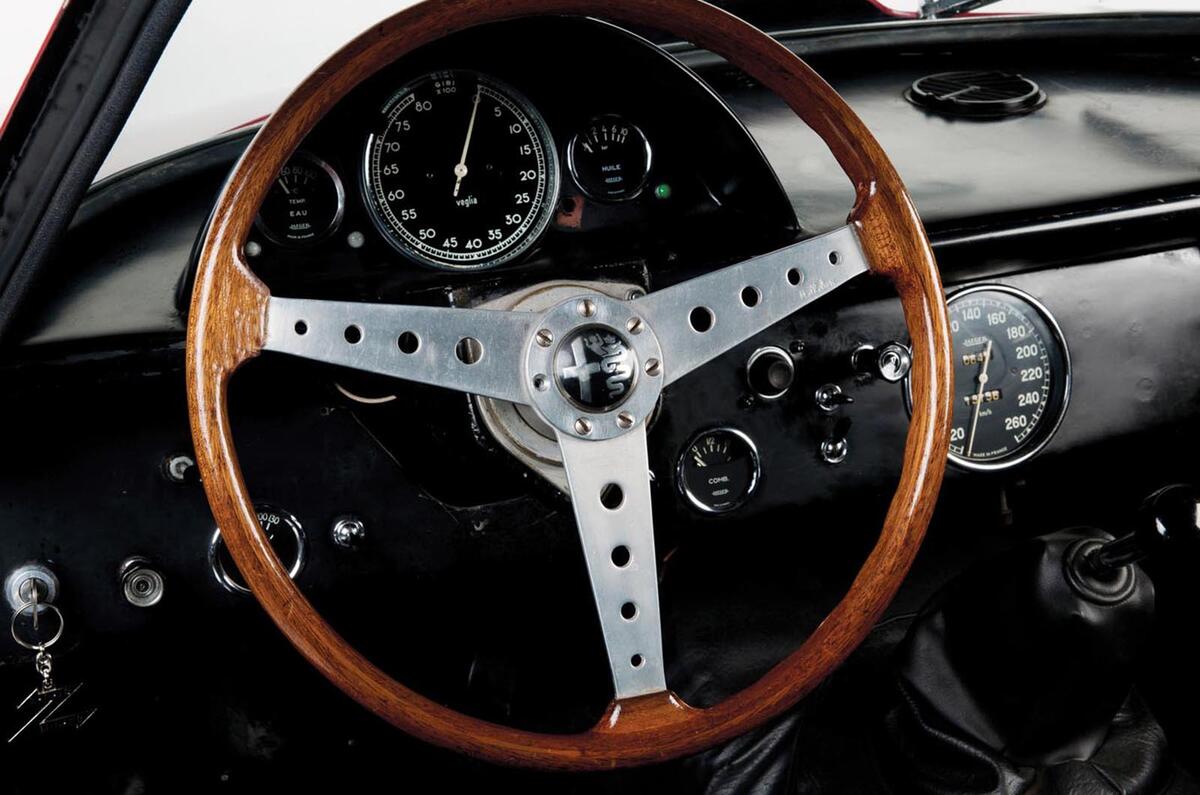
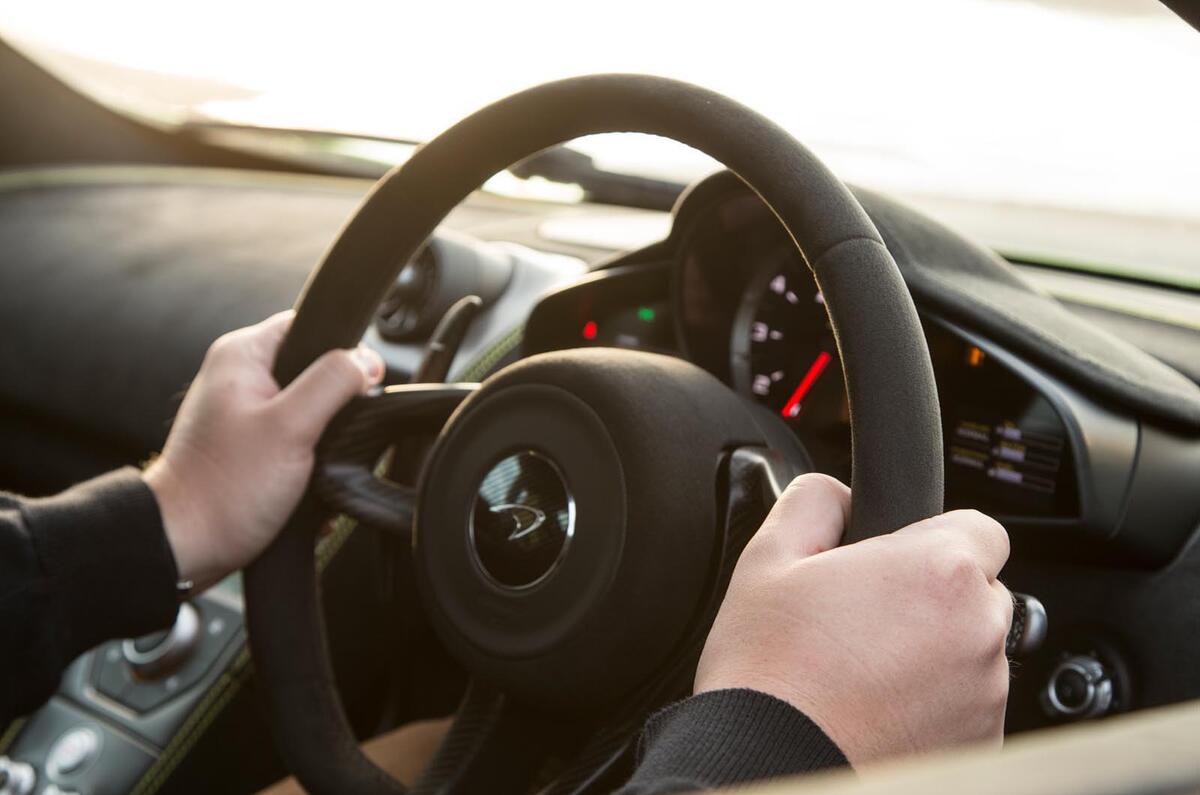
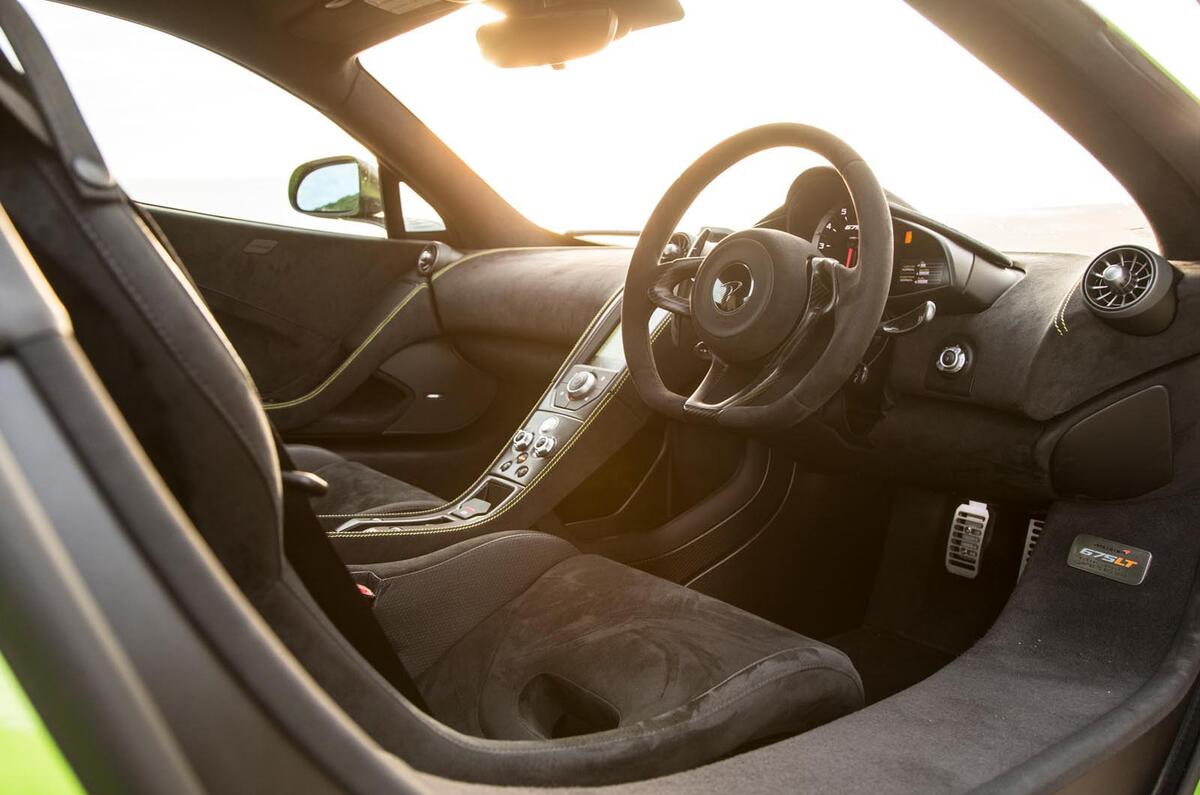
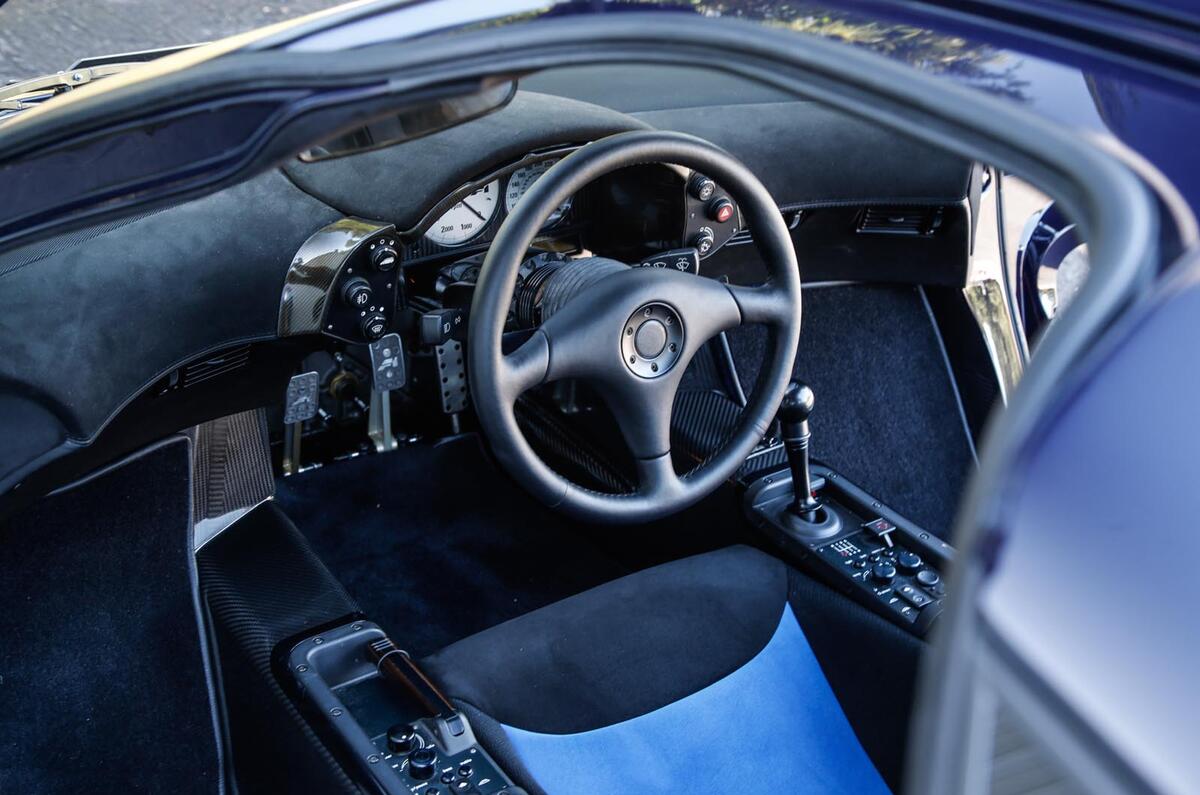

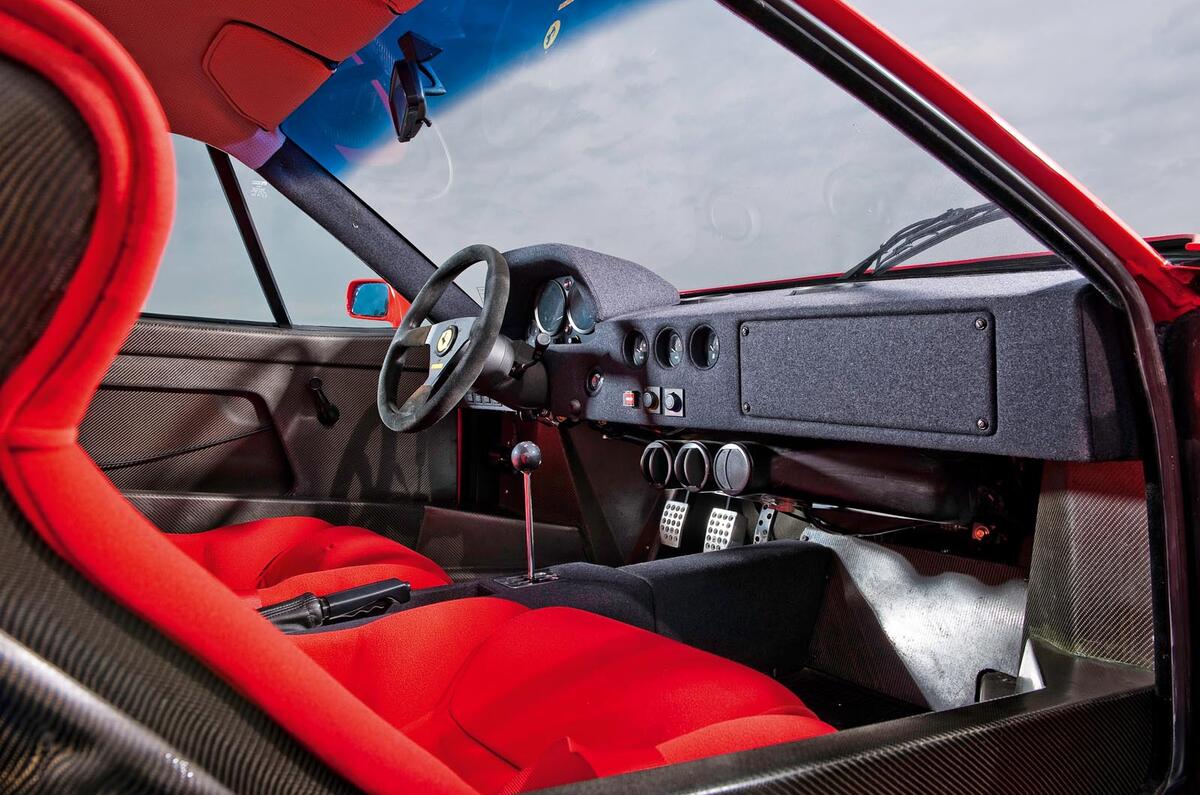
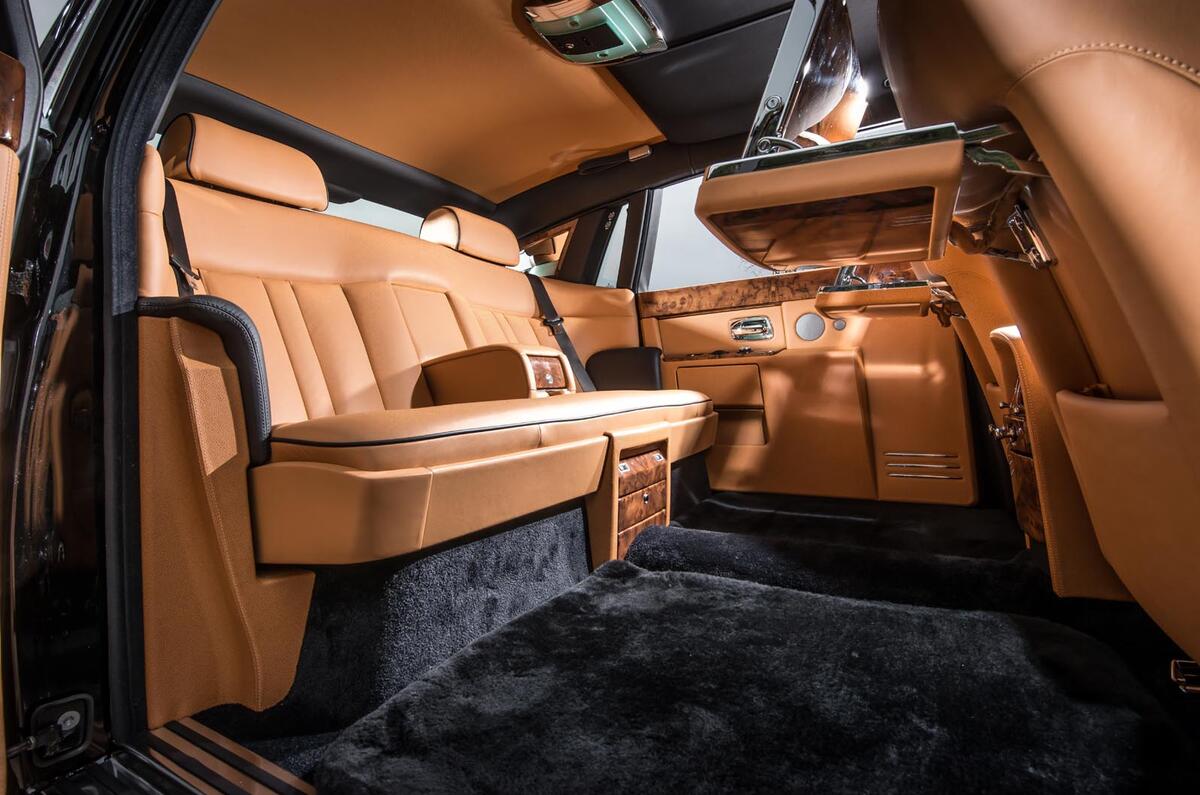

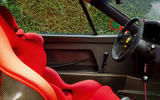
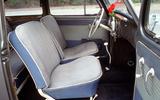
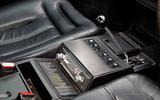
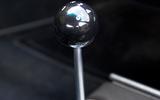
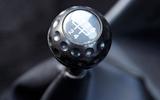
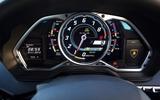
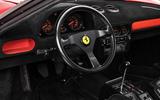

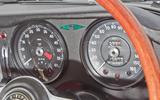



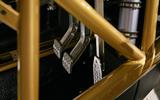



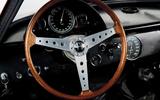

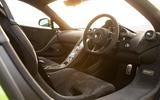
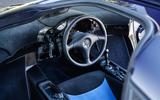





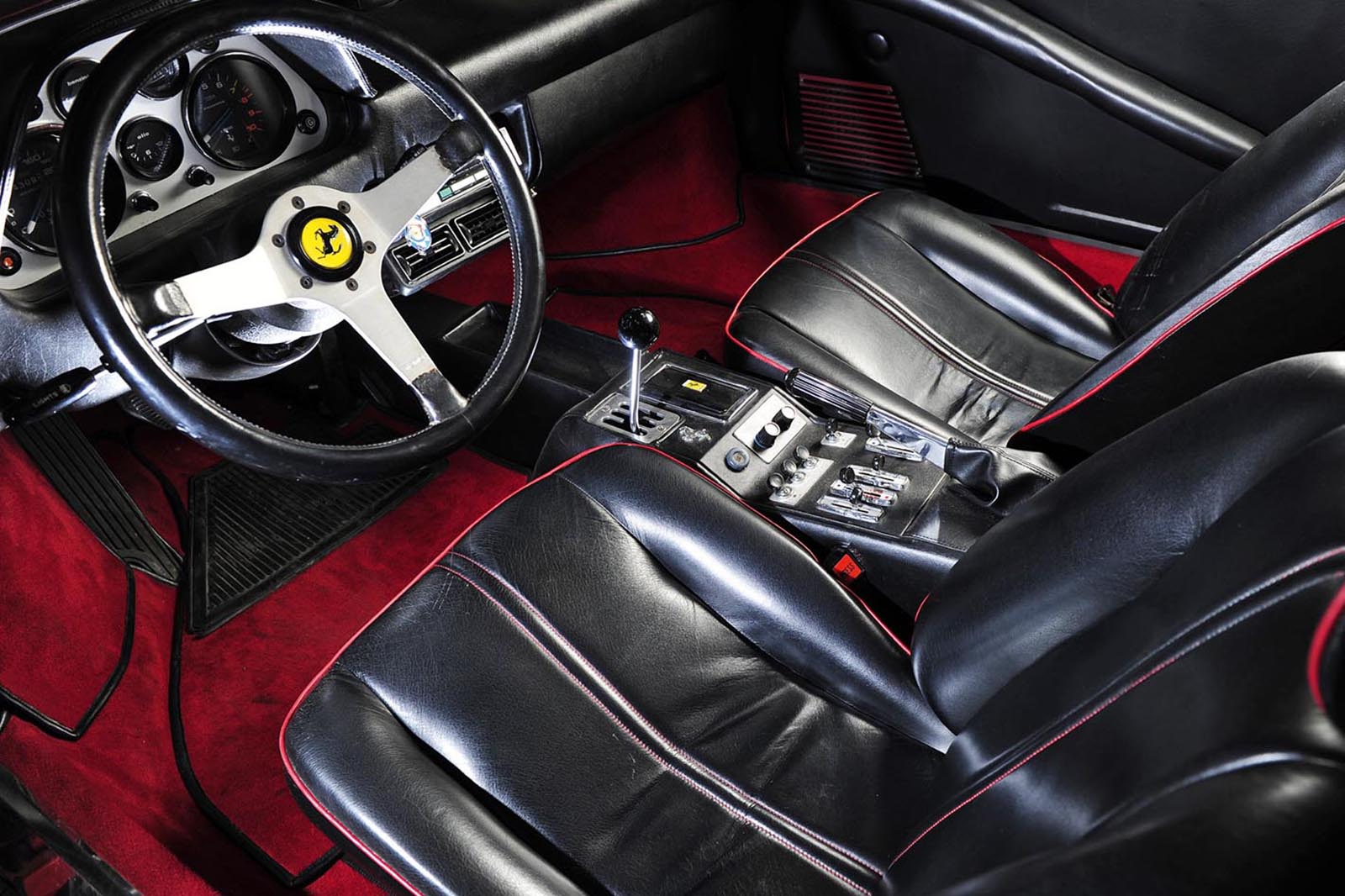

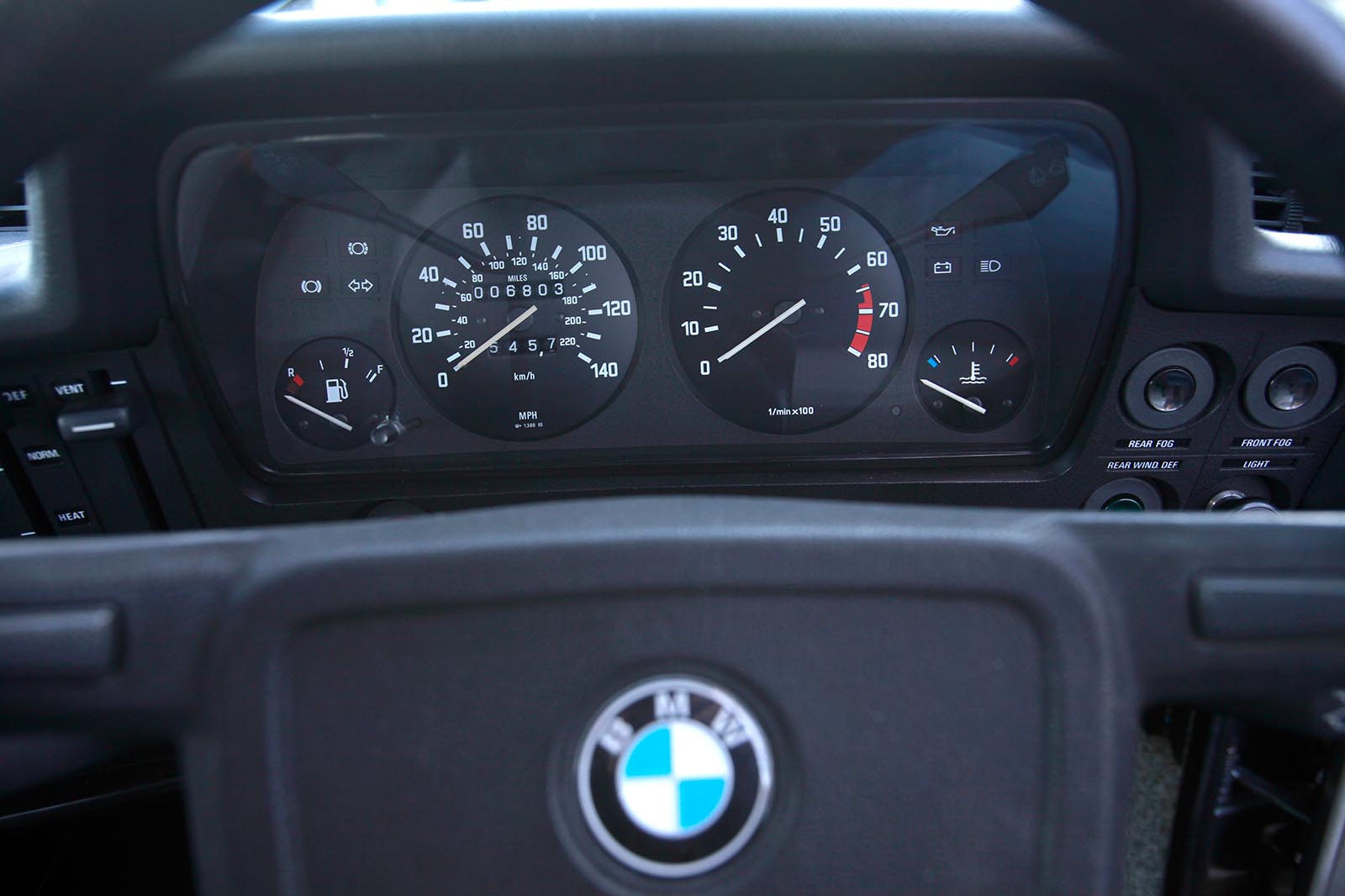

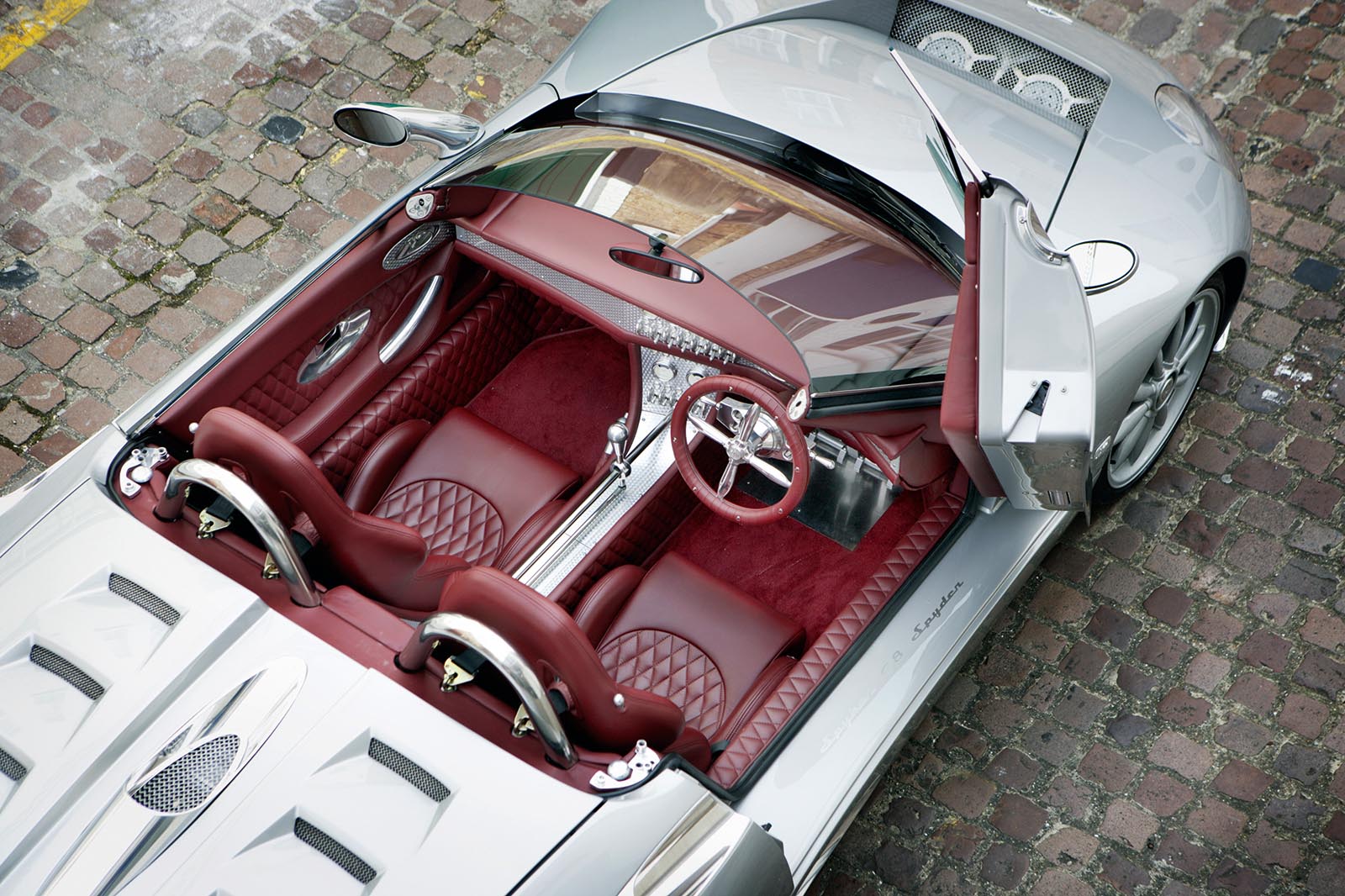

Join the debate
Add your comment
The fresh air vents on my metro.
The pre heat/ cool feature on my Nissan Leaf before I get in.
The no gears on my Nissan leaf
I do like the traditional BMW
I do like the traditional BMW dials. So simple, and yet they tell you all you need to know. Shame they like everyone else have moved to a TV screen instead. Jaguars of the 60s were great once they moved the main dials behind the wheel, and the minor dials, and switches across the centre of the dash, added to walnut and leather
The TVR Cerbera was a very special thing to be in, with a well laid out interior despite the fact it looked like it was from another world.
Todays best interiors i can think of are the Lexus LS and LC
The biggest failing in
The biggest failing in contemporary car design is perhaps the interior.
Compare, for example, the interior of Focus 1 with that of the latest generation. The older car looks like something from the Design Museum, the latest from Woolworths.
Audi's interiors have gone from Bauhaus to the decorative Baroque.
Mercedes has the most vulgar digital instrument graphics.
Jaguar & Aston Martin seem to treat their interiors as an irrelevant afterthought.
The typical Ferrari dashboard is a cacophony of unrelated shapes.
Even though DS as a brand doesn't make much sense, it's DS's interior design that points the way forward to something more inventive and tasteful.